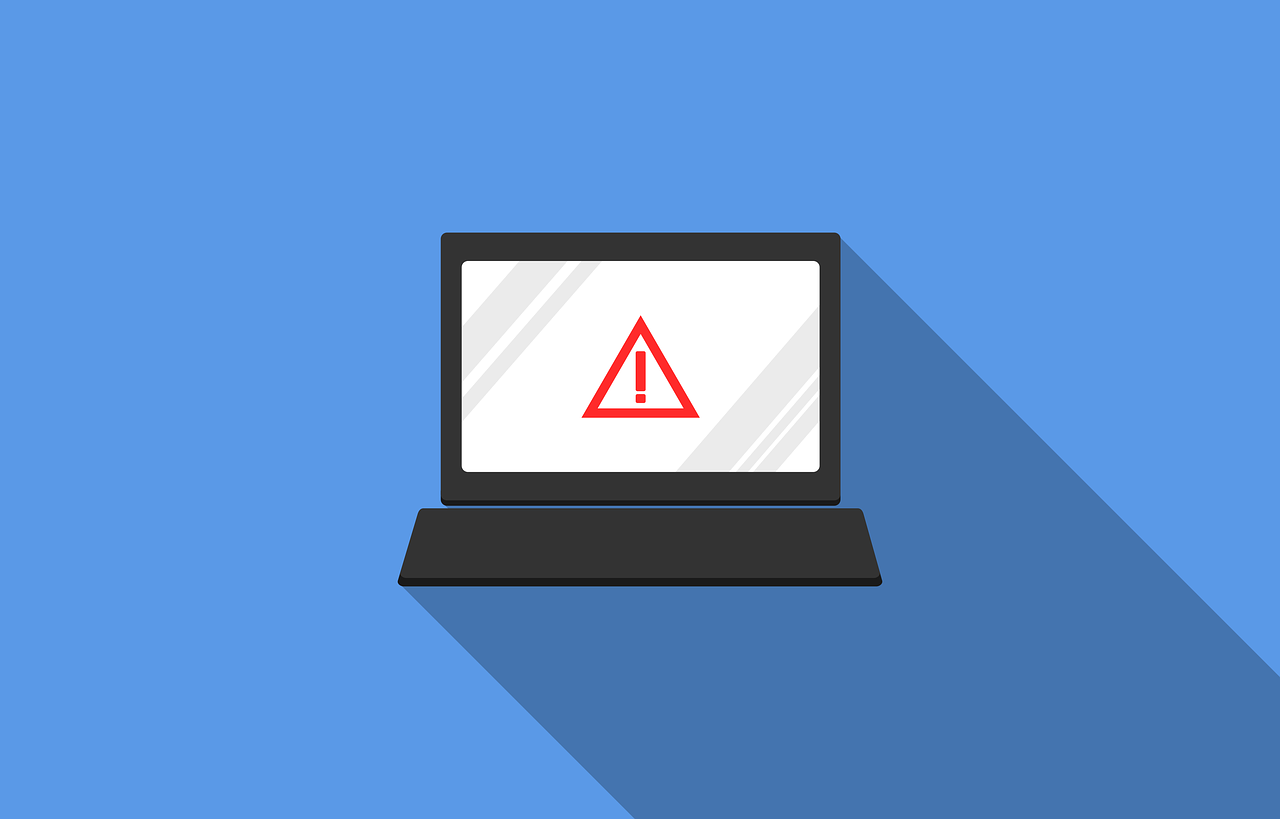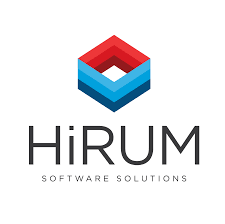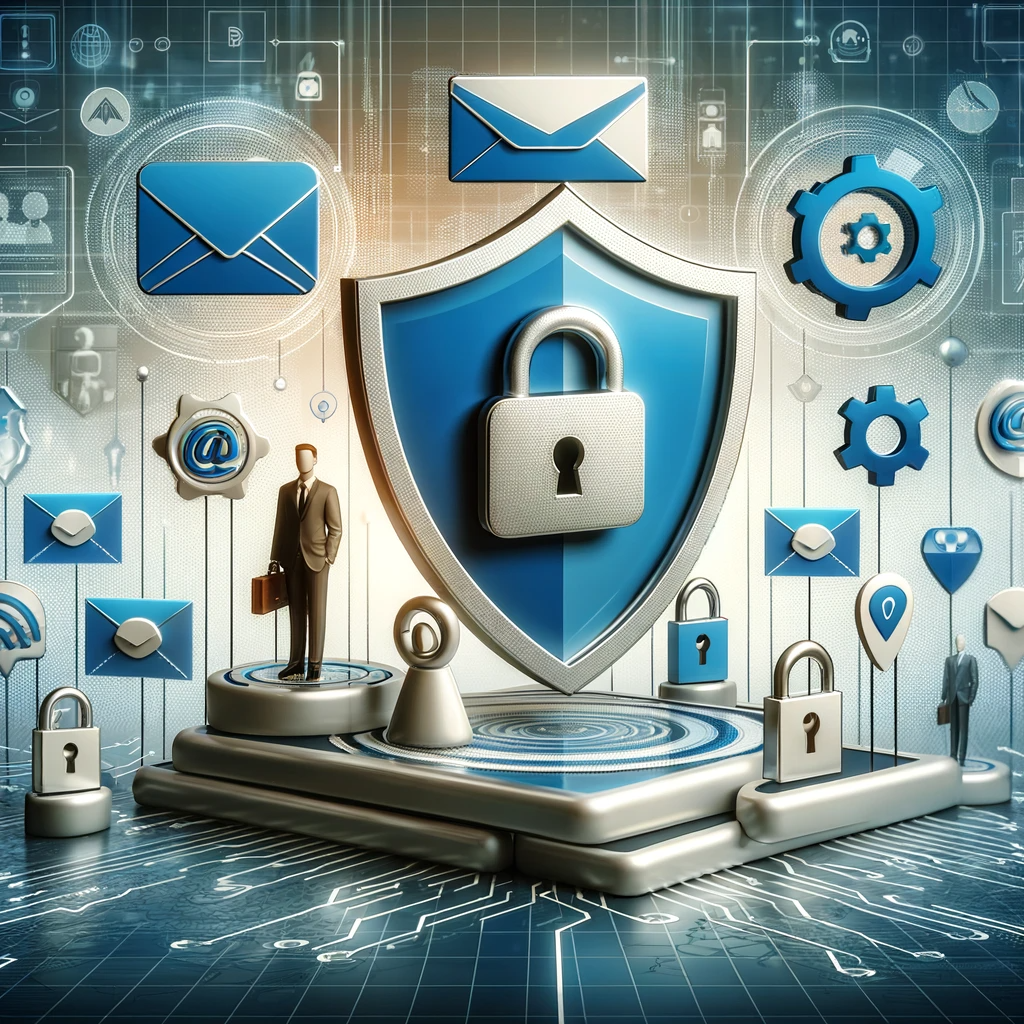155 Varsity Parade,
Varsity Lakes
QLd, 4227
Get in touch
1300 110 393
Business Technology and Security
Plain English, transparent technology solutions to empower small business. Let us help you grow.
Everything you need, all in one place.
Grow and protect your business
We implement the right technology the first time. Protect your business from risk with a company that cares.
Friendly Australian support
Our support team is here to ensure everything runs smoothly, so you can focus elsewhere. You'll get reliable, fast support.
Transparent Advice and Pricing
With quick and accurate responses to all your queries, you’ll save time and be more efficient.
We eliminate the finger pointing between vendors.
Our services have been engineered from the ground up to give your business all the technology, support, communications and security all from the one supplier. We'll take ownership and ensure the smooth operation of your business technology.
-
Digital Strategy
Learn more →Working smarter not harder.
-
IT Helpdesk
Learn more →Customer Service that's easy to access.
-
Transparent Advice
Learn more →We've got the knowledge you need.
Our areas of expertise
Managed IT Services
Proactive IT services with transparent pricing. Flexible plans with no lock in contracts.
Cybersecurity
Protect your business from risk and understand your requirements as a company director.
Communications
Crystal clear business phone systems that will save you money and provide a greater staff and customer experience.
Retail Technologies
Drive-Thru Systems, Digital Signage and Point of Sale Software. All supported by one company when you need it.
Electronic Security
Experience the difference of working with latest security measures that are pro-active to avoid business theft.
Drive Thru Systems
Crystal clear customer order taking via our Wireless Drive Thru Headset Systems and custom built order bollards.
 Rating
Rating
Trends & Insights




All Rights Reserved | Addictive Technology Solutions Pty Ltd | Website Terms and Conditions | Privacy








